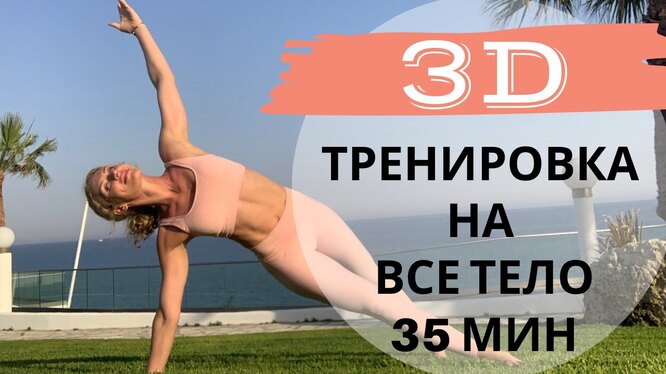Most mature people go to the gym not for excellent appearance or records, but to feel healthy, confident and fit. Few people are willing to spend dozens of hours a week creating an ideal figure in the style of bodybuilding legends. And, by the way, most people don’t need this: just strong muscles, a toned body and ease of movement.
However, there is a problem: classical strength training, which is considered the standard for achieving these goals, gives muscle growth, but cannot provide the necessary strength and flexibility and, for example, does not allow you to avoid injuries due to routine household chores. Why is this happening?
Longevity workout from Chinese scientists: do it every week to live 100 years!
How to get rid of belly and side fat: home workout for rapid weight loss

The fact is that our body exists in three-dimensional space, and most of the movements in the gym are performed in a two-dimensional plane. There can be several of these planes:
- sagittal. Imagine that our body is divided in half, into left and right sides. This is how the sagittal plane divides it. The main movements in this plane are flexion and extension;
- frontal. In this plane, our body is divided into front and back. Tilts to the right and left are the main movements along this plane;
- horizontal. In this plane we perform rotation, i.e. rotation.
Almost all movements that we perform every day, in one way or another, involve several planes at once. For example, we are carrying a heavy box home using the sagittal plane (arms are bent), we were called, we turned around using the horizontal plane.
And the problem is that due to the low level of stress in everyday life, which we compensate for at the gym (unsuccessfully), we do not allow the brain to develop neuromuscular connections to perform complex movements. Therefore, work around the house or in the country often leads to injuries even for people who play sports (personal experience confirms this).
This is where 3D training can come to the rescue. Using them:
- the body comes into balance, discomfort and pain decrease;
- coordination and balance are improved;
- muscles are strengthened;
- joints become healthier;
- posture improves.
At its core, 3D training involves the use of exercises with more movements than classical training. These movements require some skill and practice, but due to the lack of additional weights, the risk of injury is minimal.
Should I give up strength training?
You can often come across the opinion that 3D training can completely replace fitness. This is mistake. It is best if you combine several types of activities at once.
For example, use strength training and cardio in the gym, and use 3D movements when exercising to keep your muscles toned and help your joints and ligaments work better. Perhaps this is the best combination that will give an excellent healing effect.


